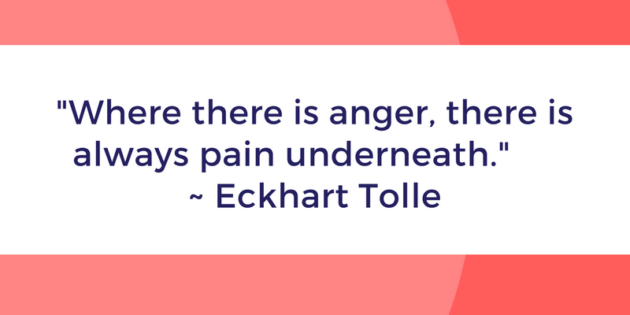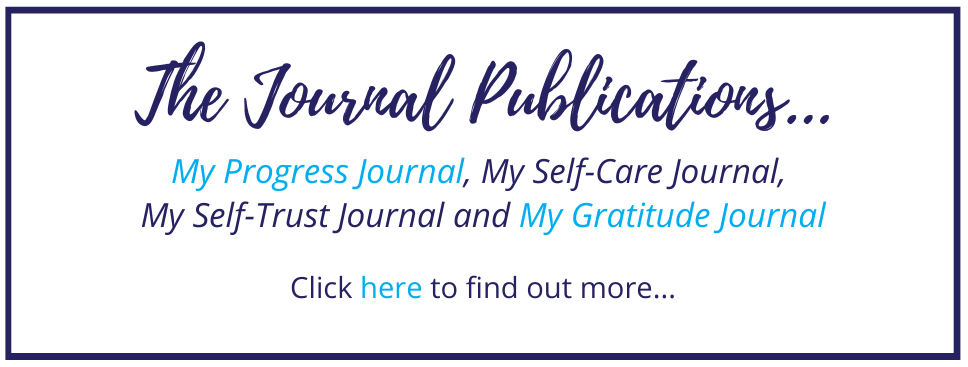Anger is an emotion that every person experiences at some stage in their life. It is an emotion that can be misunderstood. One key difference when discussing anger is the different “ways people handle anger”. In this post I am going to discuss the following –
- What is Anger?
- How is Anger Expressed?
- Why Do We Experience Anger?
- Is Anger Good or Bad?
- 5 Ways People Handle Anger
Let’s get started…
What is Anger?
There are many definitions of anger, including –
- “a strong feeling of annoyance, displeasure, or hostility.” ~ Google
- “a strong feeling of displeasure and belligerence aroused by a wrong” ~ Dictionary.com
- “a strong feeling of displeasure and usually of antagonism” ~ Merriam-Webster Dictionary
- “a strong feeling that makes you want to hurt someone or be unpleasantbecause of something unfair or unkind that has happened” ~ Cambridge Dictionary
- “Anger is the strong emotion that you feel when you think that someone has behaved in an unfair, cruel, or unacceptable way.” ~ Collins Dictionary
Is there anything you would add to these definitions of anger?
How is Anger Expressed?
Anger is expressed in many ways and can be found in any temperament. People who are introverted or extroverted, laid-back or perfectionistic can experience anger. Anger is a normal and natural emotion.
Anger is multi-faceted. Some ways anger can be expressed include –
- feelings of:
- frustration,
- humiliation,
- unworthiness,
- fear,
- irritability,
- annoyance, and
- rage.
- behaviours such as:
- overspending,
- withdrawing from conversations,
- overeating,
- being impatient with people,
- blaming others,
- being sarcastic, and
- agressiveness (i.e. car rage or physically hurting someone).
Do you recognise any of these? I know I do!
Why Do We Experience Anger?
“Anybody can become angry – that is easy, but to be angry with the right person and to the right degree and at the right time and for the right purpose, and in the right way – that is not within everybody’s power and is not easy.” ~ Aristotle
Harriet Lerner indicates in the Dance of Anger that
“anger is a signal, and one worth listening to. Our anger may be a message that we are being hurt, that our rights are being violated, that our needs and wants are not being adequately met, or simply that something is not right” (p 1).
In the Anger Workbook, Les Carter and Frank Minirth indicate that anger is the emotion of self-preservation. Anger is experienced when people feel the need to clearly communicate their personal boundaries have been violated and feel the need to preserve their personal worth, essential needs and basic convictions.
Let’s explore these three preservations and some ways anger can be ignited.
- Personal worth – ever felt devalued, not enough or unworthy? If so, these experiences can make you angry. Remember – you do not have to convince others of your value and “There are no pre-requisites for worthiness” ~ Brené Brown.
- Essential needs – human beings have essential needs (i.e. love, connection and shelter) and they need to be honoured. If essential needs are not met, emotional imbalance and turmoil (i.e. anger) can result.
- Basic convictions – human beings often stand for their beliefs and convictions, however we need to be mindful when these convictions have an impact on emotional wellbeing and affect their inner peace. Remember – “One of the basic needs of every human being is the need to be loved, to have our wishes and feelings taken seriously, to be validated as people who matter.” ~ Harold S. Kushner.
Gary Chapman has another take on anger. In his book, Anger: Taming a Powerful Emotion, Chapman indicates that anger
“… is the emotion that arises whenever we encounter what we perceive to be wrong. The emotion, physiological and cognitive dimensions of anger leap to the front burner of our experience when we encounter injustice.” (p.22).
Subsequently, according to Chapman, when we experience anger, it reveals our concern for rightness, justice and fairness. He also indicates
“Anger’s fundamental purpose is to motivate us to positive, loving action that will leave things better than we found them.” (p 29).
Can you remember the last time you got angry? If so, why?
Was it because someone “did wrong” by you, or did it have more to do with the three preservations? Or maybe it was something else?
Is Anger Good or Bad?
It depends, yes really!
Anger is something we feel and exists for a reason. Subsequently it deserves respect and attention. Anger gives us feedback and therefore it depends on how the feedback is responded to. As identified above, anger gives feedback in relation to someone “doing wrong”, our personal worth, essential needs and/or basic convictions.
Subsequently, recognising anger is important, however it then depends on how people respond with the awareness they are experiencing anger and handle anger appropriately. The saying I try to remember when I am angry is “be respectful”. This means –
- Be respectful of yourself and do no harm,
- Be respectful of others and do no harm, and
- Be respectful of the environment and do no harm.
When expressed appropriately, anger can build relationships, connection and love within yourself and amongst other people. Chapman believes that
“… human anger is designed by God to motivate use to take constructive action in the face of wrongdoing or when facing injustice” (p 25).
“It is wise to direct your anger towards problems – not people; to focus your energies on answers – not excuses.” ~ William Arthur Ward
5 Ways People Handle Anger
Human beings are complex and handle anger in a variety of ways. Some ways are beneficial to effectively dealing with anger and some are not. Carter and Minirth indicate the 5 ways people generally handle anger are –
- Suppressing anger or not admitting you have anger,
- Open aggression including rage, intimidation, blame and explosiveness as well as criticism, sarcasm and bickering,
- Passive aggression is when people communicate their anger in a quieter way that causes less personal vulnerability,
- Assertiveness considers the needs and feelings of others (as well as yourself). When people communicate with true assertion they combine respectfulness and firmness., and
- Dropping it means people accept their personal limits and inability to completely control circumstances. Suppression is different to dropping anger. Dropping anger involves a conscious choice to let the anger go, whereas people who use suppression, often do not know they are experiencing anger.
Suppressing anger, open aggression and passive aggression tend to perpetuate the anger, whilst assertiveness and dropping the anger can lead to effectively handling the anger.
“Don’t hold to anger, hurt or pain. They steal your energy and keep you from love.” ~ Leo Buscaglia
Over to You
If you choose to take time to reflect on the following questions, please remember your self-compassion as well as compassion for other people as we are doing the best we know how to do (yes I do believe that).
Questions for reflection –
- Which way do you currently handle anger?
- Is the way you handle anger perpetuating the anger or effectively handling it?
- If it is perpetuating the anger, are you ready to make a different choice?
“Holding on to anger is like grasping a hot coal with the intent of throwing it at someone else; you are the one who gets burned.” ~ Unknown
What has this information given you today? What are you going to decide to do with this information?
Please feel free to share your thoughts below or comment on our Facebook page here.
If you are ready to reclaim your courage and take the next step towards freedom and living with your whole heart, why not join our Toolkit?
References –
Carter, L., & Minirth, F. (2012). The Anger Workbook: An Interactive Guide to Anger Management. Nashville, USA: Thomas Nelson.
Chapman, G. (2015). Anger: Taming a Powerful Emotion. Chicago, USA: Moody Publishers.
Lerner, H. (2014). Dance of Anger: A Woman’s Guide to Changing the Patterns of Intimate Relationships. New York, USA: Harper & Row.

















Leave A Response